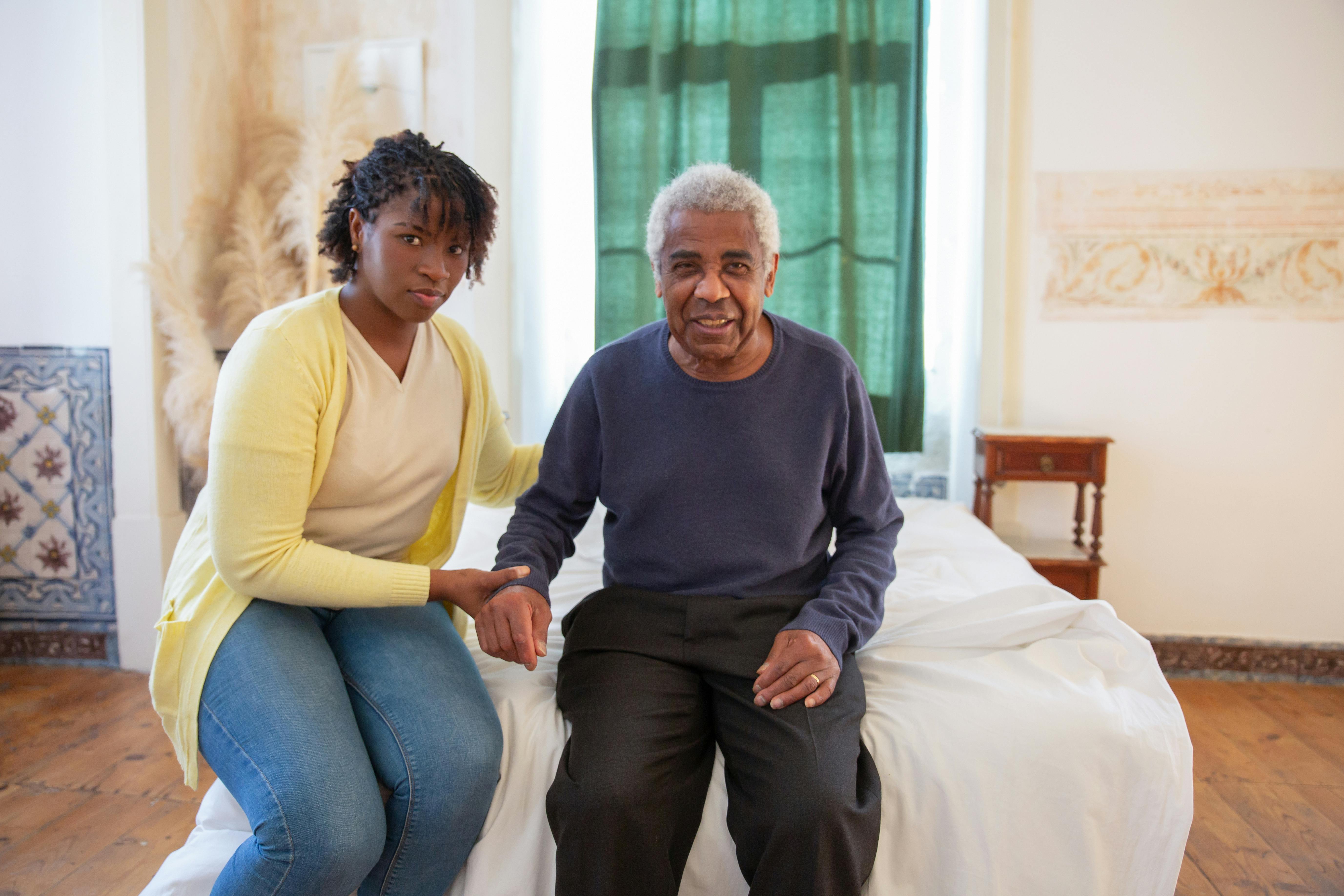Adjustable Bed Options for Seniors and Elderly Bedrooms
Adjustable beds are motorized frames that change the angle of the head, feet, or both to create different sleeping and resting positions. For many seniors and elderly individuals, an adjustable bed can make daily routines in the bedroom easier by improving comfort, reducing the need to repeatedly reposition, and supporting safer transfers in and out of bed. This article is for informational purposes only and should not be considered medical advice. Please consult a qualified healthcare professional for personalized guidance and treatment.

What is an adjustable bed?
An adjustable bed is a sleep surface built on a frame that can raise or lower the head and foot sections, usually operated by an electric motor and remote control. Modern models often include features like pre-set positions, wireless remotes, USB ports, and under-bed lighting. Some designs are split—allowing two sleepers to set different positions—and others are single-piece frames intended for individual use. Mattress compatibility is important: many adjustable beds require flexible mattresses such as foam, latex, or specially designed hybrids to bend without damage.
Beyond simple angle changes, adjustable beds may offer additional functions such as zero-gravity positioning (a slight recline that distributes weight evenly), anti-snore tilts, or gentle massage features. Weight capacity, noise level, and the reliability of the motor and electronics are practical considerations when comparing models for long-term use.
How can an adjustable bed help seniors?
For seniors, an adjustable bed can address mobility, comfort, and certain symptoms that affect nighttime rest. Elevating the head can alleviate mild breathing difficulties or reduce acid reflux for some people; raising the legs can help with circulation and reduce swelling in the lower extremities. Adjustable beds also make sitting up and transitioning to a standing position easier, which can reduce strain on joints and caregivers.
It’s important to recognize that individual results vary and that an adjustable bed is not a medical treatment. If a senior has specific medical conditions—such as severe heart, respiratory, or neurological disorders—consulting a healthcare professional or an occupational therapist is advisable before making changes to sleeping arrangements.
What should elderly consider when choosing a bed?
When selecting an adjustable bed for an elderly person, several practical factors should guide the decision. Check mattress compatibility (not all mattresses flex equally), mattress thickness, and how the bed’s height aligns with usual transfer methods. Assess the remote control’s usability—large buttons, backlighting, or voice control can help users with limited dexterity. Examine weight capacity and stability to ensure safety during repositioning.
Other considerations include warranty and service options, return policies, and whether the bed can be moved easily for home changes. Safety features such as built-in rails or compatibility with portable rails, emergency lowering functions in power outages, and reliable customer support are important to reduce the risk of falls or disruption.
How to arrange an adjustable bed in the bedroom?
Placing an adjustable bed properly in the bedroom helps maximize its benefits. Leave sufficient space on at least one side for safe transfers and caregiver access if needed. Ensure the bed is close to a reliable power outlet, and consider cable management to avoid trip hazards. If using a headboard, verify compatibility with the adjustable frame; many frames accommodate detachable or floating-style headboards.
Lighting and bedside surface arrangements should support nighttime routines—motion-activated lights, reachable storage for glasses or medication, and stable bedside tables help. Flooring should be even and free of clutter; non-slip surfaces and clear pathways to bathroom or living areas reduce fall risk. For rooms with limited space, measure doorways and corners to confirm the adjustable frame and mattress will pass through during delivery.
Where to find local services and support in your area?
Local services that can help with adjustable bed selection and setup include medical equipment suppliers, home health agencies, and occupational therapists. Many mattress retailers offer adjustable bases and allow in-store trials; medical supply stores may provide rental options for short-term needs. Occupational therapists and aging-in-place specialists can assess a bedroom layout and recommend specific adjustments to support mobility and safety.
When exploring options in your area, ask about delivery and installation services, removal of old beds, warranty and repair support, and whether trial periods are available. Verify whether insurance, Medicare, or local assistance programs might offer partial coverage for medically necessary equipment by contacting your provider or a local aging services organization for guidance.
Conclusion
An adjustable bed can make a meaningful difference for many seniors and elderly individuals by improving comfort, aiding mobility, and adapting the bedroom to changing needs. Key choices involve mattress compatibility, user controls, safety features, and bedroom layout. Consulting healthcare professionals and local service providers helps align a purchase with medical needs and home logistics, ensuring the chosen bed supports safety and daily routines.






